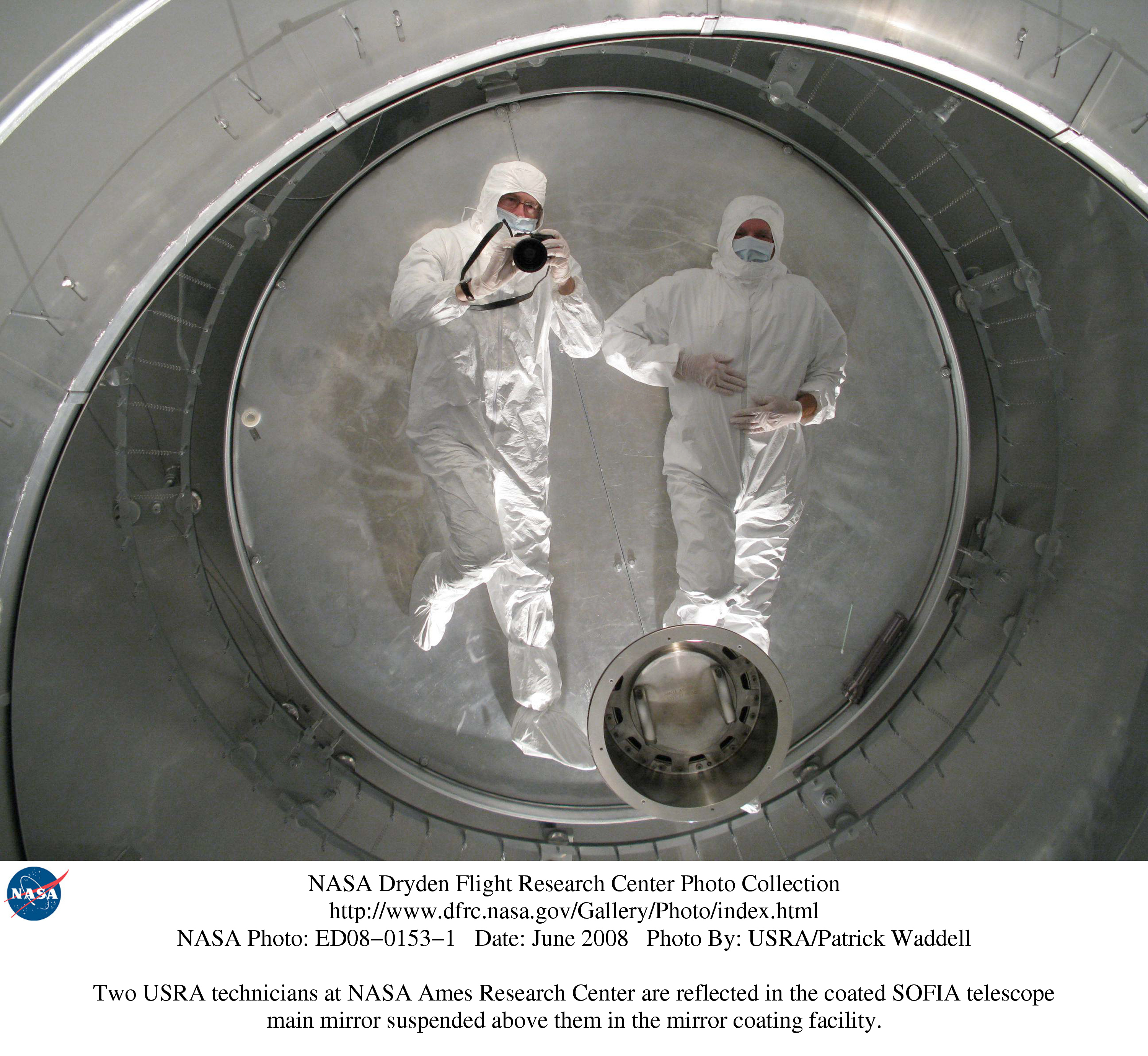By Judith L. Robinson
The human system is one of the most complex elements of space exploration missions. Our current long-duration space flight knowledge comes primarily from missions of up to six months’ duration. Based on that experience, we know that lunar, Mars, and other long-duration missions will pose significant physiological, performance, and psychological challenges.
 The mission of Space Life Sciences at the Johnson Space Center, as articulated in the May 2007 “NASA Space Life Sciences, Strategy for Human Space Exploration,” is to “optimize human health and performance to enable space flight mission success.” Under the leadership of director Dr. Jeffrey R. Davis, we have developed a comprehensive, integrated human system risk management process to foster the evidence-based, multidiscipline communication and discussion that are the foundation of successful human health and performance research, technology development, countermeasure development, and provision of appropriate ground-based and in-flight medical capabilities to meet space exploration objectives.
The mission of Space Life Sciences at the Johnson Space Center, as articulated in the May 2007 “NASA Space Life Sciences, Strategy for Human Space Exploration,” is to “optimize human health and performance to enable space flight mission success.” Under the leadership of director Dr. Jeffrey R. Davis, we have developed a comprehensive, integrated human system risk management process to foster the evidence-based, multidiscipline communication and discussion that are the foundation of successful human health and performance research, technology development, countermeasure development, and provision of appropriate ground-based and in-flight medical capabilities to meet space exploration objectives.
To integrate all elements of the human system into one comprehensive set of activities, employ a common approach to managing human system risks, and educate the larger community about human health and performance technical capabilities and ongoing work, the Johnson Space Life Sciences Directorate has established a human system risk forum and board, developed and baselined our initial human system risk master list, and developed a Risk Management Analysis Tool (RMAT) that is central to our continuous risk management process.
Understanding Human System Risks
Early human space flight programs focused on ensuring that crews remained healthy and physically fit to allow them to meet mission demands. During Project Mercury, space life sciences investigated the astronaut’s ability to function in space. The Gemini program gave us additional information on the physiological effects of weightlessness. Apollo provided even more information on the effects of weightlessness, while we developed and ensured human capability to work in the lunar environment for periods of up to twelve days. Beginning with Skylab and continuing with the Space Shuttle, NASA–Mir, and International Space Station programs, our focus broadened to encompass activities including human health and performance research and countermeasures development; medical operations based upon standards; and habitability, human factors, and environmental factors.
We have defined three categories of human system threats or issues:
- Exposure to hypergravity or hypogravity environments
- Remote deployment in space
- Exposure to hazardous and closed environments
These three “parent threats/issues” potentially cause physiological changes, cause or contribute to medical events, provide environmental exposures (for example, to radiation), require appropriate considerations and countermeasures because of closed-loop life support systems (air and water), and require design of space habitats and vehicles and associated habitability systems appropriate for long-duration missions. Our efforts directly address human system considerations but also influence spacecraft design, development, and operations, including life support systems, monitoring systems, and astronaut workload.
At one time, we talked about human system risks in absolute terms, but we have found it essential and beneficial to consider human health and performance risks in context—linking the risk to a precipitating spacecraft or space environment condition or event and understanding how that affects human health and performance. The fact that mass and volume are very limited during space exploration missions potentially affects onboard medical and environmental management capabilities. Those limitations are realities that must be factored into our human system risk-mitigation strategies.
Consider the example of one scenario for Orion, the new crew exploration vehicle under development: a catastrophic failure at translunar insertion that results in a depressurized spacecraft. From a purely medical point of view, the preferred response would be to re-pressurize the vehicle, but the craft will not carry enough consumables to do that. That reality refocuses the risk mitigation strategy for the crew on a solution set in which the crew would don their space suits and live in them until their safe return to Earth. Our responsibility becomes one of determining how long this scenario is really viable for crew survival and what the effects of a prolonged period in a suit would be.
The Forum in Action
The Human System Risk Forum and Board are where human health and performance scientists and physicians and human system engineers come together to discuss and integrate all elements of the human system. Started in May 2008, the forum provides a place to discuss high-priority risks thoroughly and exchange evidence-based information and data. Bringing together different disciplines can lead to more informed, balanced decisions than any one group would likely make on its own.
For example, a cardiovascular research lab that had been studying the risk and countermeasures for orthostatic intolerance (that is, a blood pressure drop leading to fainting when standing up after return to Earth) came to the forum with a problem and a question. The promising pharmaceutical agent they were testing interacted negatively with other medications used in space. Since they had stopped testing the specific pharmaceutical countermeasure due to the interactions noted, they asked the members of the forum—researchers, space medicine physicians, and other human system experts— whether they should look for alternatives that were free of the described troubling interactions. In other words, and not surprisingly, they were looking for a solution within their own area of expertise. But the space medicine representatives at the forum pointed out that orthostatic intolerance need not be addressed with pharmaceuticals: there are mechanical devices that astronauts can use to mitigate the problem. So forum members recommended that the specific countermeasure research effort be stopped entirely. Perhaps this was not the solution that was anticipated at the start of the meeting, but it was the consensus recommendation that was reached through multidiscipline discussion.
Recommendations made by the Human System Risk Forum concerning work required to close gaps in knowledge and technologies, to retire or mitigate risks, and to identify new risks are brought to the Human System Risk Board, where strategic decisions are made concerning our portfolio of work. The board does not duplicate routine, tactical decisions that we negotiate with the agency’s programs. It is the place where we make strategic decisions about the recommended level of investment in high-priority human system risks. Both the forum and the board help us communicate and widely disseminate information and tactical decisions to the broader human health and performance community.
The human system may also have relationships to and interdependencies with other system and program risks. Mitigation strategies must therefore be worked collaboratively with other system owners. The Human System Risk Forum meets at Johnson on the second and fourth Tuesday of each month. Participation has been extended to the larger NASA community through the use of teleconferencing and WebEx capabilities.
Capturing and Documenting Human System Risks
Another important consideration in the Space Life Sciences implementation of the human system risk management effort has been to follow Continuous Risk Management (CRM) as defined by NASA and used throughout program and project management.
In the past, we sometimes described human system risks using medical and scientific terminology that program and project managers had difficulty understanding and relating to the kinds of risk calculations they make in their work. Using the same nomenclature and following the same CRM processes facilitates communication of risks to those outside the human health and performance community. Using consistent CRM language and discipline to provide information allows others in the agency to balance human health and performance risks with technical development and operational risks, resulting in more informed decision making.
Integral to human system risk management has been the development and baselining of a human system risk master list that captures all the currently known human system risks and potential risks. As it matures, the list will provide the chief medical officer and the Health and Medical Technical Authority with a comprehensive description of all human system risks and their status.
To that end, we have developed an RMAT to capture detailed information for each human system risk, including the evidence supporting it. Intended primarily as a communication tool, the RMAT is formatted to facilitate the understanding of human system risks and allows comparison of existing standards, requirements, and mitigation strategies against known mission architectures and resources. Missions differ in duration, distance from Earth, resources, and onboard capabilities. It is vital that the information we collect using the RMAT format allow for the development of risk-mitigation strategies for each architecture and that differences in the likelihood and consequence of risks in different kinds of missions be taken into consideration.
The RMAT information will improve understanding of risks and their mitigation strategies in the human health and performance community and other, associated disciplines. We will use this approach as we work through human system health and performance risks over the next several years to ensure appropriate evidence and mitigation strategy development and eventual implementation.
About the Author
 |
Judith L. Robinson is associate director of Space Life Sciences at Johnson Space Center. |








